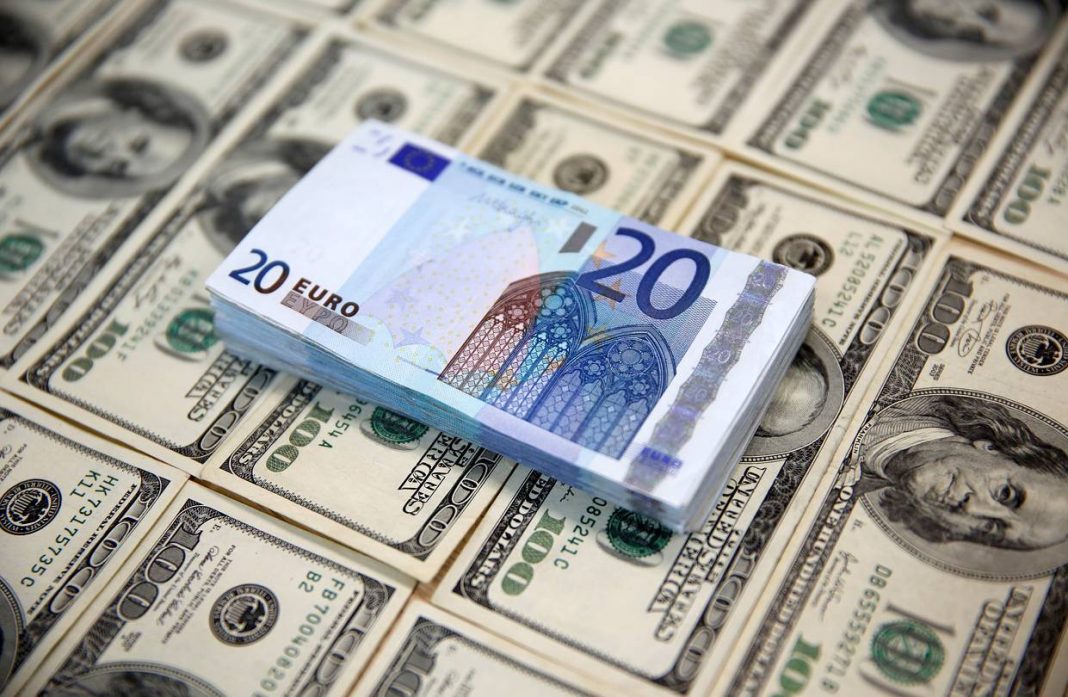The resurgent concerns over a third wave of the coronavirus pandemic in Europe will likely continue to cap recovery attempts in the common currency
The euro dipped to nearly two-week lows around 1.1870 earlier in the day, to bounce to the 1.1900 area in recent trading. The safe-haven dollar demand has eased somehow as the US 10-year Treasury yields retreat from recent peaks while investor sentiment turned mixed following the initial sell-off in Asia.
Still, the common currency remains vulnerable to fresh losses as the greenback looks steady at the current levels. Furthermore, the resurgent concerns over a third wave of the coronavirus pandemic in Europe will likely continue to cap recovery attempts in the euro. As long as the buying interest surrounding the dollar persists, the pair will remain on the defensive despite short-term pullbacks as US yields stay elevated amid prospects of higher inflation in the upcoming months.
Now, the market focus shifts to Powell’s upcoming speech due later today. Ahead of this event, the USD index stays in the upper end of the recent trading range and could potentially visit the yearly highs in the 92.50 area in the coming days.
In this scenario, EURUSD may threaten 2021 lows in the 1.1835 area registered earlier this month. Of note, the 100-DMA arrives in this region. At this stage, the European currency needs to settle above the 1.1900 figure in order to avoid another sell-off in the short term. A daily close above this level would somehow improve the short-term technical picture, but the key resistance arrives marginally below the 1.2000 handle where the descending 20-DMA lies.
Chairman Powell’s testimonies before the House of Representatives and the Senate (on Tuesday and Wednesday, respectively) could set a fresh tone for USD pairs in the coming days. If Powell prefers less dovish rhetoric, the greenback could rally across the board and thus send the euro lower.


























